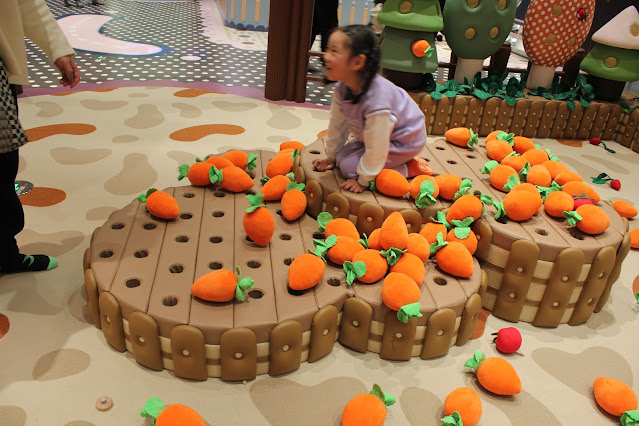✨ What Dream Garden Learns from Sky Zone – Turning Manufacturing Power into Brand Power
🚀 Introduction: Why We Study Sky Zone
In the world of indoor entertainment, Sky Zone is not just a trampoline park — it’s a business model that changed an industry.
It proved that people don’t simply pay to jump;
they pay to feel joy, connect, and belong.
For Dream Garden, a leading indoor playground manufacturer from China, this case isn’t just inspiring — it’s a mirror.
It reflects both what we already have and what we still lack.
🧭 1. Sky Zone’s Secret Formula: The Power of “Experience + System”
Sky Zone started in 2004 as a single experimental trampoline facility in Las Vegas.
By 2018, it had become part of the world’s largest indoor active entertainment group, with hundreds of locations.
So what made them unstoppable?
(1) Experience First, Product Second
They never marketed “trampolines.”
They marketed fun, safety, challenge, and community.
Each Sky Zone park delivers the same promise —
“Here, families and friends jump, play, and share memories together.”
(2) Systemization & Standardization
Every location looks and feels like Sky Zone.
From the colors and lighting to the activities and staff uniforms, the entire experience is branded.
That’s not an accident — it’s a franchise system.
It allows Sky Zone to scale globally while maintaining consistent quality and emotional appeal.
(3) Continuous Innovation
They evolved from simple trampolines to
foam pits, dodgeball zones, ninja courses, glow nights, and birthday parties.
Innovation kept customers coming back — and kept investors confident.
🧱 2. Dream Garden’s Reality: The Strength and the Gap
Dream Garden already owns what Sky Zone had to build over time:
a complete manufacturing base, engineering expertise, and global export capability.
Our strengths:
-
Full control of design, materials, and safety standards.
-
Experienced installation and technical teams.
-
Proven project success in over 100 countries.
But our gap lies elsewhere:
-
We sell equipment, not experiences.
-
Every client operates independently, with different names and looks.
-
Our business ends when the equipment is installed.
Sky Zone’s begins at that point.
That’s the fundamental difference between a factory and a brand.
🌍 3. Bridging the Gap: Lessons for Dream Garden
If Sky Zone represents the “destination,” then Dream Garden represents the “engine.”
We have the power to create, produce, and supply —
what we need is to connect these capabilities into a repeatable brand ecosystem.
Here’s what we can learn and apply:
(1) Build Standardized Play Systems
Dream Garden can launch 3 main system templates:
-
300㎡ compact model for malls
-
600㎡ medium family park
-
1000㎡ premium flagship park
Each version uses consistent branding, lighting, and materials — making it recognizable and scalable.
(2) Develop a Franchise-Ready Brand
Just like Sky Zone, Dream Garden can build a “Play Zone” identity:
Dream Garden Play Zone – The Place Where Families Grow Through Play.
By creating manuals, design standards, and operation guidelines,
Dream Garden can attract global partners who want both equipment and a proven business system.
(3) Focus on Emotional Value
Chinese factories often focus on “specs and prices.”
Sky Zone focuses on stories, smiles, and social media moments.
Dream Garden can blend both:
– technical excellence + emotional storytelling = trust + loyalty.
💡 4. The Next Step: From Exporting Equipment to Exporting Experiences
The biggest difference between Sky Zone and traditional factories is this:
Sky Zone exports joy.
Factories export containers.
Dream Garden is ready to do both.
By combining Chinese manufacturing efficiency with global branding strategy,
we can transform our “Made in China” advantage into a “Created by Dream Garden” reputation.
💬 Conclusion: Manufacturing Power + Brand Power = The Future
Sky Zone showed the world that the indoor playground business isn’t about steel frames and foam —
it’s about creating moments that families remember.
Dream Garden’s journey is now about turning industrial strength into emotional strength,
production capacity into brand capacity,
and equipment into experience.
This is not imitation — it’s evolution.
And the future of indoor play belongs to brands that can make the world smile — together.


Comments
Post a Comment